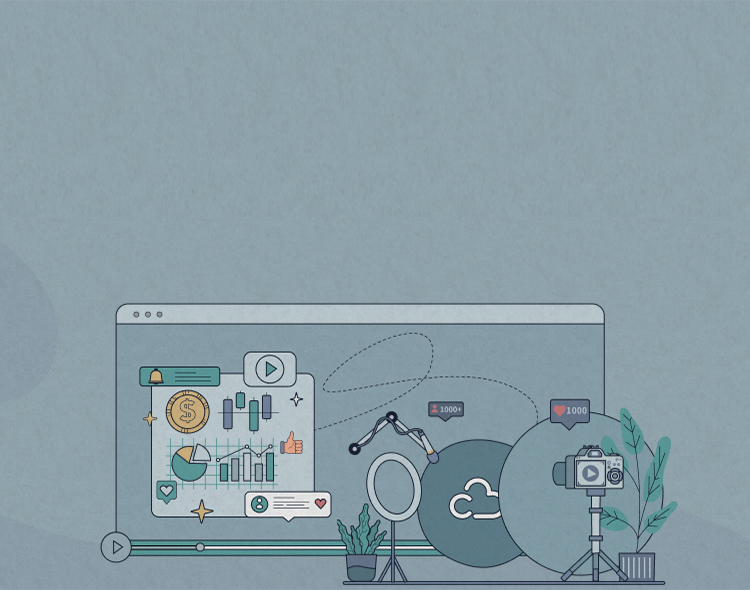Continuous planning and data analysis have taught businesses the biggest lesson from the pandemic: "Companies need to continuously assess their operations and adjust plans to cope with the complex and ever-changing market." Although most companies have not experienced the sharp decline in profits faced by hotels, entertainment venues, and airlines, almost all companies have had to regularly reassess previously made plans and strategies to meet new challenges in the face of the pandemic.
In this process, many business leaders have gained new insights into using data and analysis to temporarily optimize their business practices. Here, we will introduce outstanding practices in continuous planning and analysis related to finance and other aspects.
Outstanding Practices:
01
It all starts with strategic planning
The planning for the entire company should begin with a strategic plan that sets goals for the next two to five years. Each major goal should have an action plan that outlines how the organization will achieve the goal and how progress will be measured. Each strategy in the plan should come with milestones for阶段性success and require the right data to assess success. At the same time, unforeseen external factors can have a huge impact on the organization's ability to achieve its goals, but by continuously assessing the progress of the plan itself, strategic objectives can be most consistently achieved.
(Note: The term "阶段性success" seems to be a mix of English and Chinese and might be intended to mean "success at each stage" or "milestone achievements.")
02
Automation buys time for planning
Automation is often sold as a cost-saving measure. A closer analysis reveals that from a planning and analysis perspective, the timeliness and accuracy brought by automation are more important selling points. Moreover, as automation reduces the burden on finance personnel, the team can shift its focus to data analysis, which is more conducive to identifying opportunities and helping to eliminate obstacles in the process of success.
03
How external data broadens the planning horizon
The basic accounting functions of automation can replace most of the work done by finance. When the software does the mechanical work, people can focus on anomalies or missing data, coupled with sales and demand forecasting, work-in-progress, supply chain analysis, and inventory management, you have the foundation of a reliable financial and operational planning model.
04
Customer feedback must inform the planning process
Understanding the situation of the company's quality customers can greatly improve financial and operational models. In the B2B business model, quarterly business reviews are often used to ensure timely and proactive management of customer needs. During turbulent times in the market, the frequency of reviews may increase, but the goal is the same: to understand the opportunities that customers see in their businesses and how you can help. It is also a good time to ask about potential changes that may lead to delayed payments or customer product requirements that affect your business.
05
Use analytical tools - especially scenario planning
If the goal is to regularly assess plans and models, avoid spreadsheets. Building models and maintaining data flows within them is best suited to systems that can provide inputs without manual operation. These analytical tools used to be the domain of large company planning and analysis departments, but now they are easily accessible and can be delivered affordably in a "software as a service" model from the cloud, especially for teams that are not in the same office.
Your ERP system may provide modules that support planning and budgeting, including the ability to build and monitor various scenarios. Integrated planning and budgeting tools can accurately track the progress of strategic, financial, and operational plans that depend on common data and KPIs.
06
Synchronize operational planning
When you integrate analytical tools, other parts of the business can benefit from the visibility of strategic and financial plans and inform them, making these plans more accurate.
07
Adopt the right technical support
To carry out continuous planning across the company, you need a platform that:
1. Provides pre-built data synchronization with systems across the enterprise. Freeing the finance team from departmental silos and manual data handling to achieve true collaboration and continuous monitoring of business performance, especially financial data must be synchronized in your financial plan. For example, the cash position included in the cash flow forecast enables you to make strategic investment decisions more quickly and better.
2. Supports machine learning-based forecasting processes, such as scenario planning. When actual data from operational or financial systems appears in your planning platform, the platform must automatically provide the most likely results to decision-makers. By placing data science at the core of predictive planning, users can add context, thereby increasing the accuracy of the predictive planning process and reducing forecasting time.
3. Provides flexibility to meet operational and financial requirements. It is crucial to be able to quickly model financial and operational use cases so that you can respond to changing market conditions.
4. Supports a modular approach that grows with business needs. For example, if you enter a new market or launch new products or services, consider how to expand continuous planning across the organization.
5. Is intuitive for users across the enterprise, encouraging broader adoption and collaboration. Design an engaging interface that makes it easy for finance and business users to enter budget and forecast figures.
Processes & Tools - Key to Growth
While company-wide continuous planning and analysis require the cooperation of the entire organization, it combines people, processes, and technology to understand the changing opportunities and challenges. The visibility gained gives a first-mover advantage and helps businesses identify and mitigate risks and respond to changing customer needs.
In the future, for businesses to survive, they must figure out how to manage the changing business environment and achieve continuous growth, and using better tools and processes is key to growth.
Hitpoint Cloud is headquartered in Shanghai, with branches in Shenzhen, Beijing, and Nanjing. The Hitpoint Cloud team has been focusing on Oracle NetSuite products since 2009 and is a star partner of Oracle NetSuite for many consecutive years, providing cloud computing solutions for various modules including finance, distribution, project management, and e-commerce. It has rich experience in the implementation, localization, secondary development, and training of Oracle NetSuite. With a support team of over 100 people for implementation and development to support customer business operations, it is committed to enabling every customer in the cloud era to unleash their potential, achieve greater success, and help enterprises "win" the future with intelligence.
-
Digital Transformation Guide
2025/04/16【Cloud Goods Sharing】Revenue Management: The Intelligent Engine of Business Profitability
-
NetSuite News
2025/04/10Oracle NetSuite Version 2025.1 Professional Analysis: What are the Important Changes Brought by this Update?
-
Digital Transformation Guide
2025/04/02【Cloud Goods Sharing】 Accounts Receivable and Accounts Payable: The Balancing Act in Corporate Finance
-
Digital Transformation Guide
2025/03/26【Cloud Goods Sharing】 Serialised Inventory Tracking: How to Improve Operational Efficiency and Accuracy















